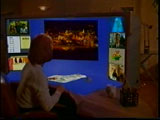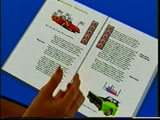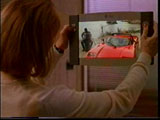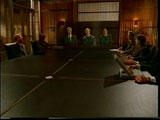The second video – which I helped to put into the public space – is also from the vision’n’concept department: Starfire by Sun Microsystems 1994.




At CHI ’98 I’ve attended a presentation by Frank Ludolph on Apple Lisa. Frank had also booth duty at the conference where he spread a couple of VHS tapes of Starfire. What marvelous concepts! Multitouch, voice UI, wall-size displays, tablets with motion and orientation sensors, telepresence for video conferences, among many more…
Years later – in 2005 – I asked Tog for a digital copy. Of course he had one – but no permission for sharing. By chance I was working for Sun at the time and got approval from Sun’s VP Juan Carlos Soto to release the video. So please enjoy_
Starfire Director’s Cut, Sun 1994
More References
- Starfire at asktog with the original mpeg 4
- The annotated Starfire script
- 1992’s View of 2004: What Didn’t Happen, and What’s Still to Come (at User Experience 2004 in Amsterdam)
- Video Visions of the Future – A Critical Review (at CHI 2004)


